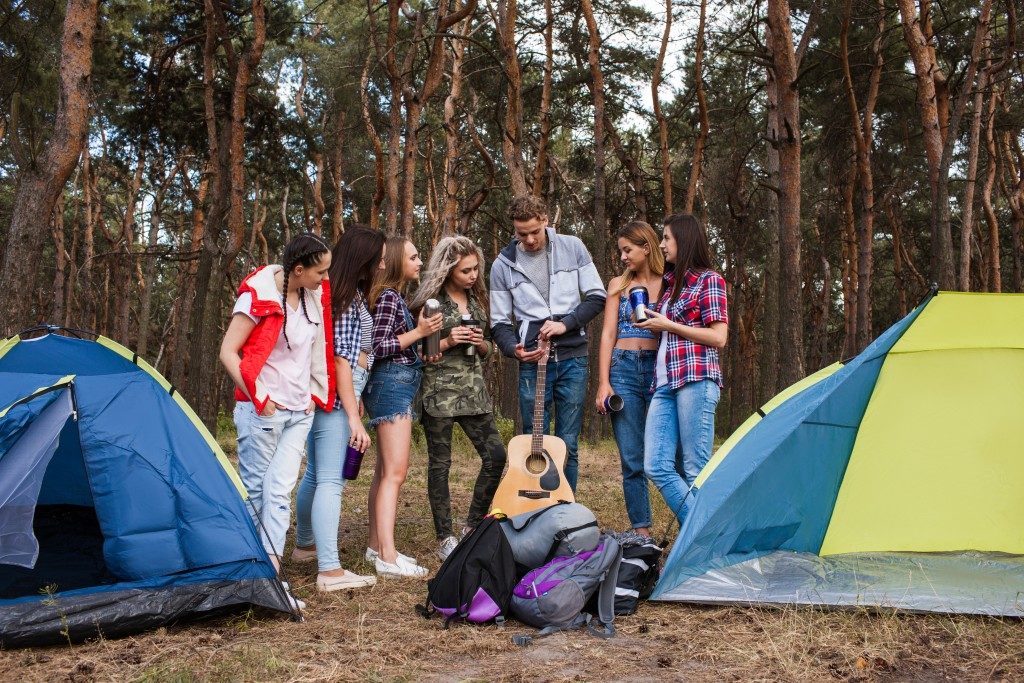Your friend Jimmy is in-between jobs and has agreed to housesit for you while you go on a camping trip in Europe. He’s going to look after Bucket, the beagle, and will also oversee the repair works by a commercial HVAC company. Your air-conditioning system has been having some problems lately.
You’ve been planning this trip for the past six months. You’ve gone camping many times in your home state of Utah, as well as in neighboring states of Nevada, Wyoming, and Colorado. But this would be the first time you will go camping in Europe. Are there any significant differences between the USA and Europe? What do first-time campers in Europe need to know?
Here are a few things to consider when camping in Europe:
American vs. European Camping
In Europe, eating is a social activity. It’s not just about getting nourishment or satisfying hunger. It’s about having meaningful conversations, catching up with old friends, or discussing the latest issues facing the country. Lunch in Spain takes about three hours to finish because you can’t enjoy several glasses of red wine at lunchtime, without debating the result of the recent Real Madrid vs. Barcelona football match, in between drinks.
Just like eating, camping is a social activity in Europe rather than a way to commune with nature, as Americans typically view it. Their RVs or motorhomes are smaller but sleeker on the inside.
Pointers for European Camping

Connecting with your spouse or your children or parents isn’t the only “task” that you need to bear in mind when camping in Europe. Here are a few things that you need to consider:
- Plan and do an all-systems-checked. Driving across Europe is perhaps one of the fascinating things you could do. Check Google maps to plan your entire route—where you need to gas up, where you need to crash for the night and where you plan to eat. You’ll save plenty if you do proper planning rather than stopping by at random places, like restaurants and inns. If you’re taking your car, make sure that you’ve checked everything from headlights to taillights and from the steering wheel to the engine.
- Pricing. There are some variations in every country, but typically be ready to pay per person, vehicle, and tent. A biker who checks in at the campsite will likely pay €8 (€3 for the person and €5 for a tent). He might be charged for parking his bike also. A car would be charged around €4.
- Culinary delight à la camp. Don’t be surprised if you have access to nearby restaurants when camping. Unlike in the USA, most camping grounds in Europe sit on the periphery of urban areas where there are parks, vacation tours, and yes, restaurants. You can still cook, though, and in places like Norway, you’ll find what is called a camper’s kitchen, complete with pots and pans. In France and Spain, there are campsites within short distances of beaches where there are also plenty of hotels.
- Gear and equipment. Tent, pillows, strong pegs are essential. Shop for the right propane gas canister also. European electrical outlets are quirky—three-pronged, two-pronged, or round two-pronged. Bring a universal adaptor.
You need to check the laws and regulations. Ask for advice from friends who have gone camping in Europe. If you’re bringing kids, make sure to have bug repellants. There’s plenty more to know, but this short list should get you going!